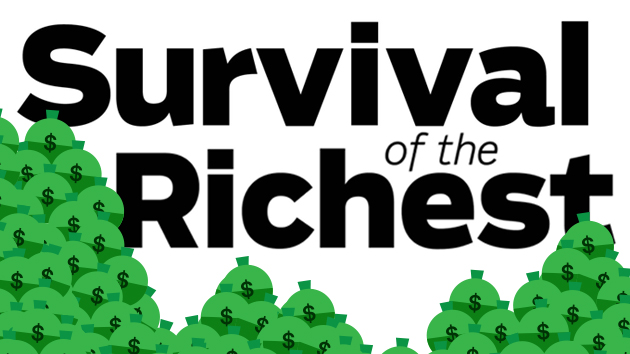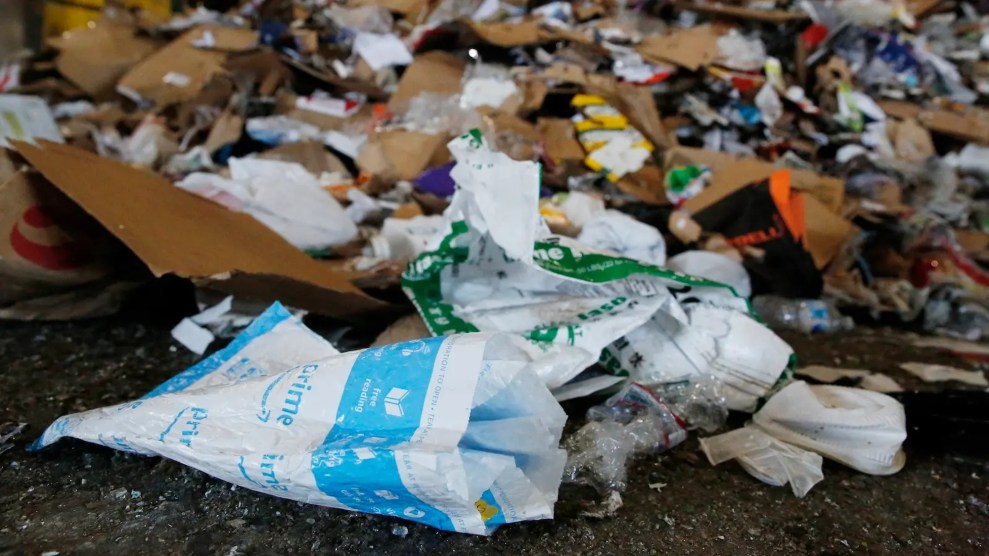A new Congressional Budget Office report examining trends in family wealth confirms what most Americans know from experience: The poor are buried in debt, the middle class is stuck, and—shocker—the most wealthy are piling up all the green.
The report, released late last week, puts its findings simply: “The distribution [of wealth] among the nation’s families was more unequal in 2013 than it had been in 1989.” It lays out some stark figures: Families in the top 10 percent of wealth distribution now hold more than three-quarters of the nation’s total family wealth. Those falling within the 51st to 90th percentiles owned less than a quarter of it. Meanwhile, the bottom 50 percent own just 1 percent of the total share.
Putting it into dollars, the CBO notes that the average wealth of the top 10 percent of families was $4 million compared with $36,000 for those in the 26th to 50th percentiles. The wealth of families in the bottom 25 percent was in the red, because of an average of about $13,000 in debt, up from around $1,000 in debt prior to the Great Recession. (CBO defines wealth as a family’s assets—including business and home equities, other real estate holdings, financial securities, bank deposits, and pension accounts—minus its debts.)
Even though Americans at all levels took a hit during the recession, the top 10 percent has seen its losses return at a much faster rate than everyone else.
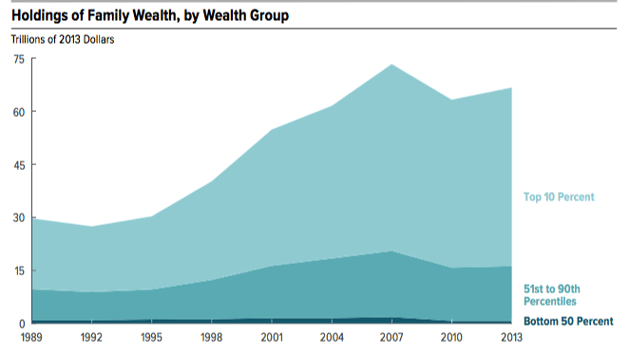
Looking at income, the CBO report confirmed that the gap between the rich and the rest has continued to grow. It found that the top 1 percent has seen its average real income grow 192 percent since 1979, compared with a 46 percent increase for middle-income families.
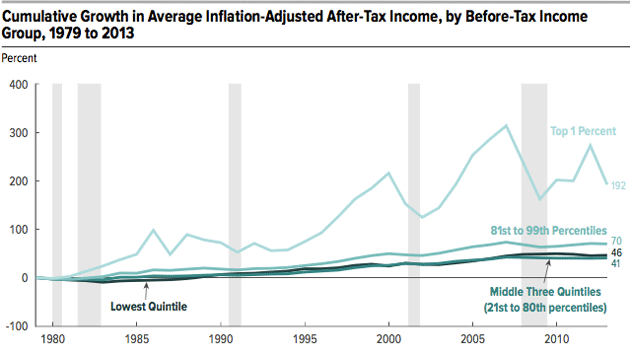
The report also found an increase in debt among the bottom 25 percent of families, due in part to rising student loan debt, which jumped from $24,000 to $36,000 on average between 2007 and 2013.
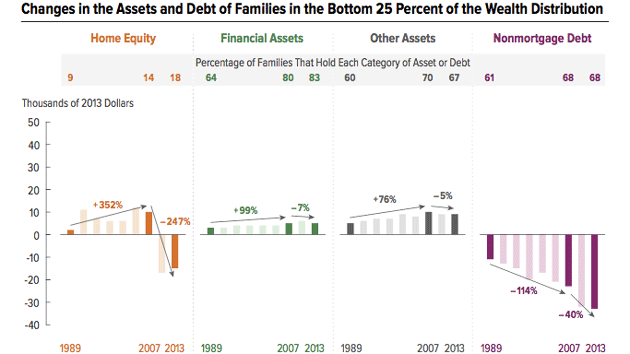
The report was conducted at the request of Sen. Bernie Sanders (D-Vt.). “The reality, as this report makes clear, is that since the 1980s there has been an enormous transfer of wealth from the middle class and the poor to the wealthiest people in this country,” the former Democratic presidential candidate said in a statement. “There is something profoundly wrong when the rich keep getting richer and virtually everyone else gets poorer.” Sanders also took to Twitter to condemn the wealth gap highlighted in the CBO report.
A total of 15 million families were in debt in 2013, with an average indebtedness of $32,000.
— Bernie Sanders (@SenSanders) August 18, 2016
The top one-tenth of one percent owns about 23 times as much wealth as the bottom 50 percent – over 150 million Americans.
— Bernie Sanders (@SenSanders) August 18, 2016


